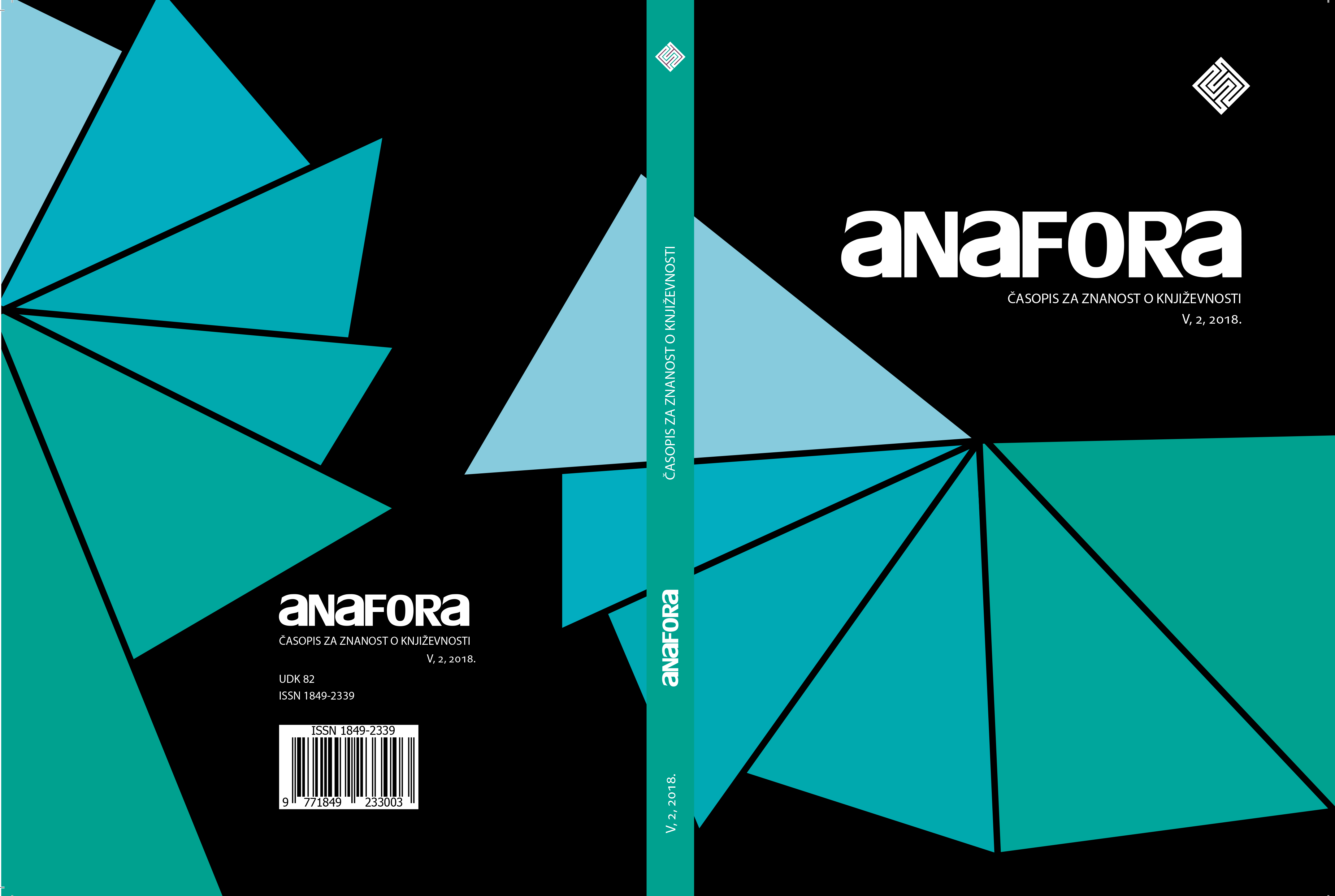Symbolic Order in Sylvia Plath’s “Daddy” and “Lady Lazarus”: A Lacanian Reading
Symbolic Order in Sylvia Plath’s “Daddy” and “Lady Lazarus”: A Lacanian Reading
Author(s): Somaye Mostafaei, Ensieh ShabaniradSubject(s): Language and Literature Studies, Studies of Literature, Psychoanalysis, Theory of Literature
Published by: Filozofski fakultet, Sveučilište Josipa Jurja Strossmayera, Osijek
Keywords: Sylvia Plath; Jacques Lacan; “Daddy;” “Lady Lazarus;” Symbolic Order;
Summary/Abstract: Sylvia Plath’s works are mainly considered self-reflective mirrors that reverberate her predicaments, especially her troubled relationships with her father and her hus- band. Plath’s responses to gender-biased language, which is the main medium of male-dominated discourses, are full of conflicting desires. On the one hand, as one of the subjects of language, Plath wants to preserve her submissive position; on the other hand, as a poet, she desires to create her own order free of the restrictive and meddling presence of male-centered language. This paper thus aims to investigate the role of the Father in Sylvia Plath’s two significant works, “Daddy” (1965) and “Lady Lazarus” (1965), by the employment of Jacques Lacan’s views on the order of identity formation and creation of the subject, especially Lacan’s Symbolic Order. This paper is an attempt to investigate how the presence and absence of the father figure influences Plath and how she rebuilds a new Order with the free play of signi- fication and devoid of the domineering voice of the Father.
Journal: Anafora - časopis za znanost o književnosti
- Issue Year: 5/2018
- Issue No: 2
- Page Range: 429-444
- Page Count: 16
- Language: English

